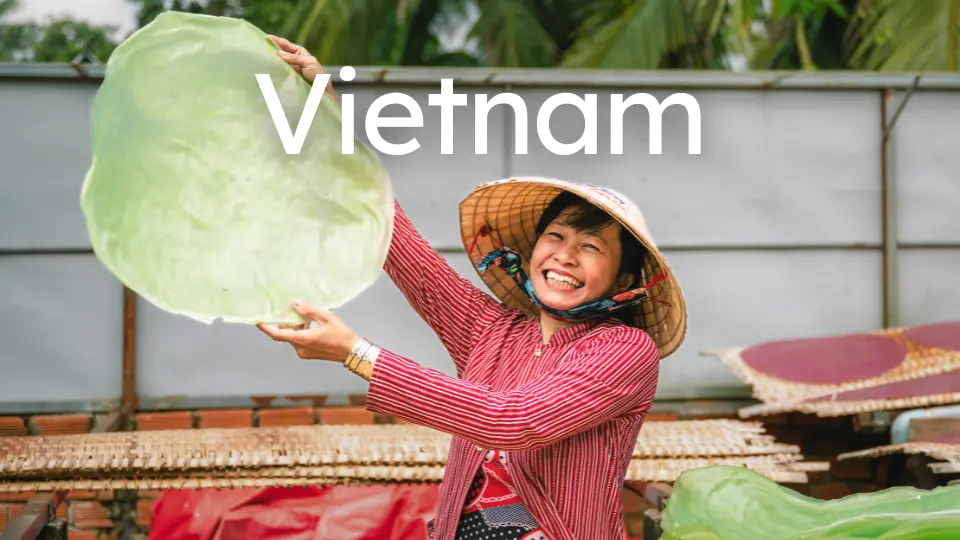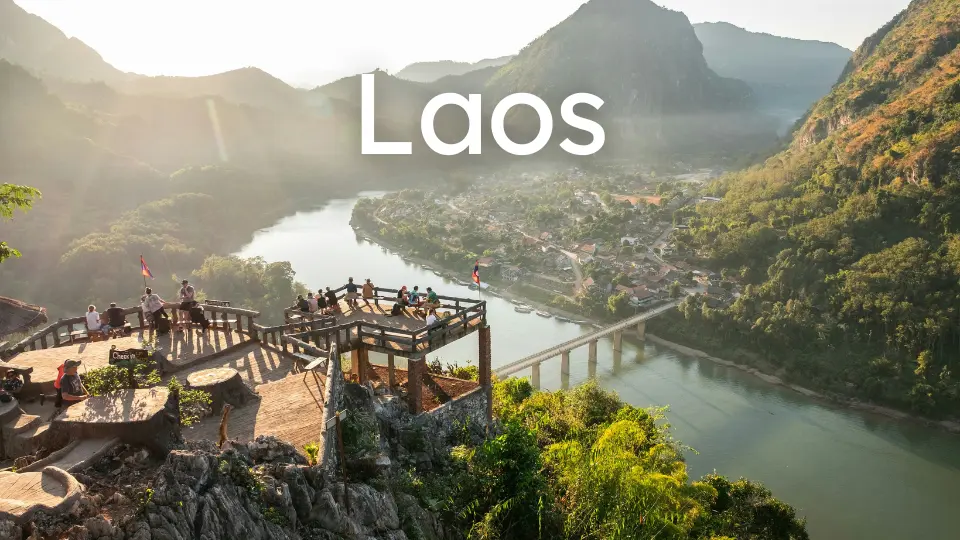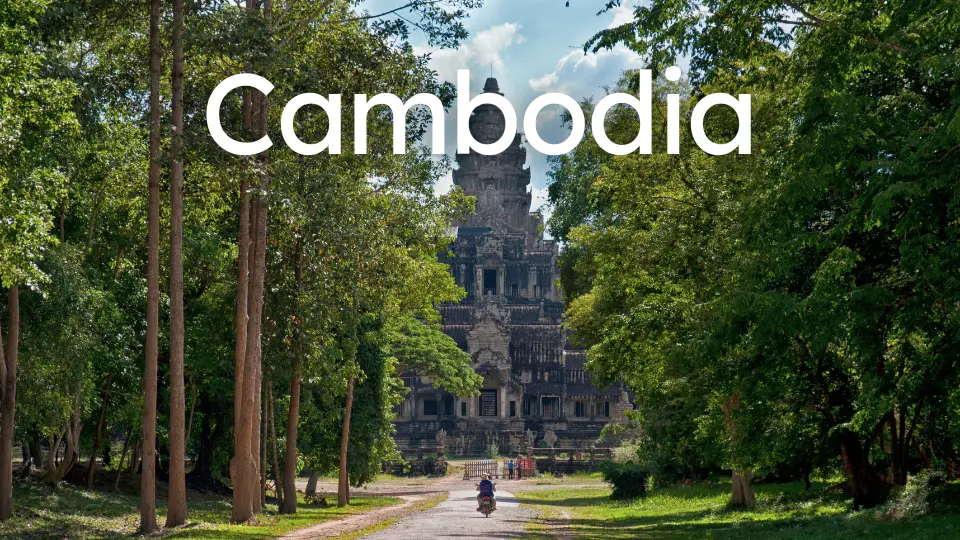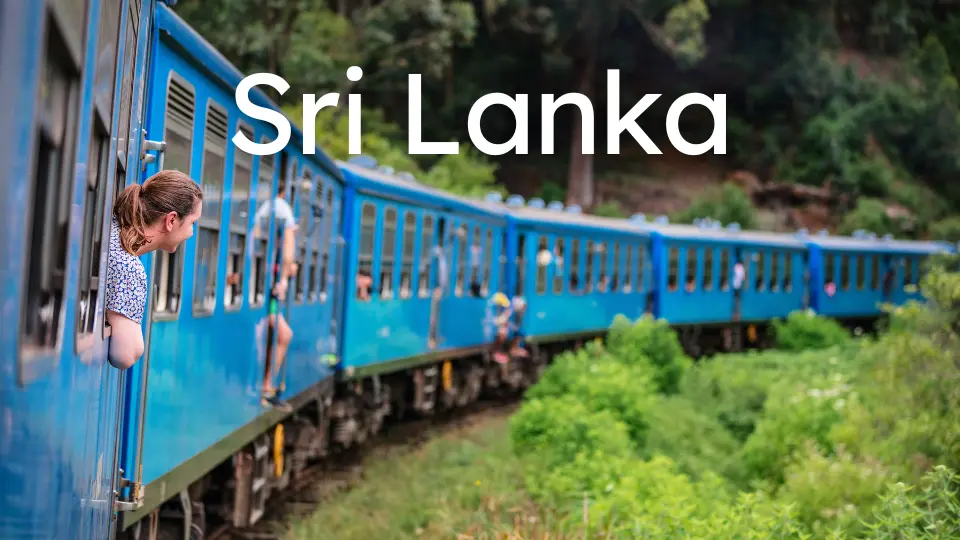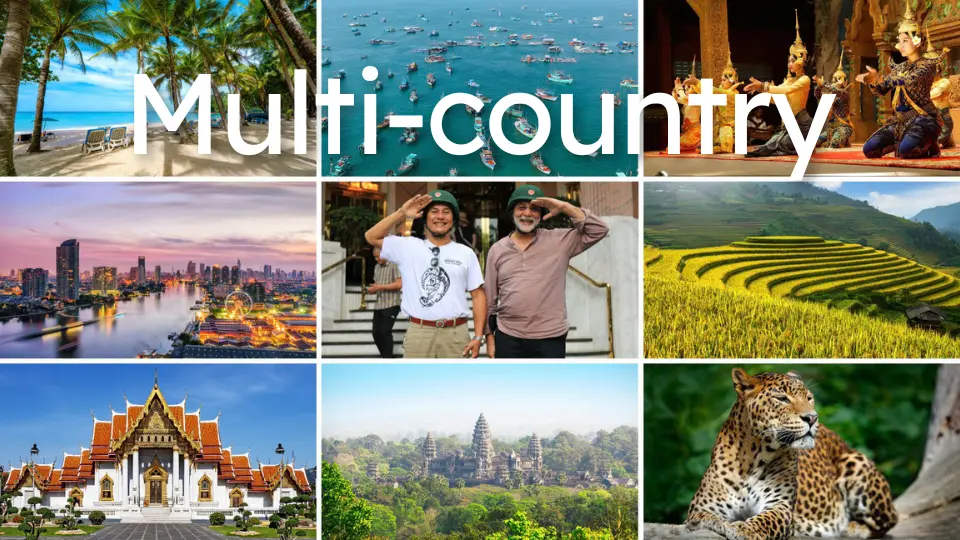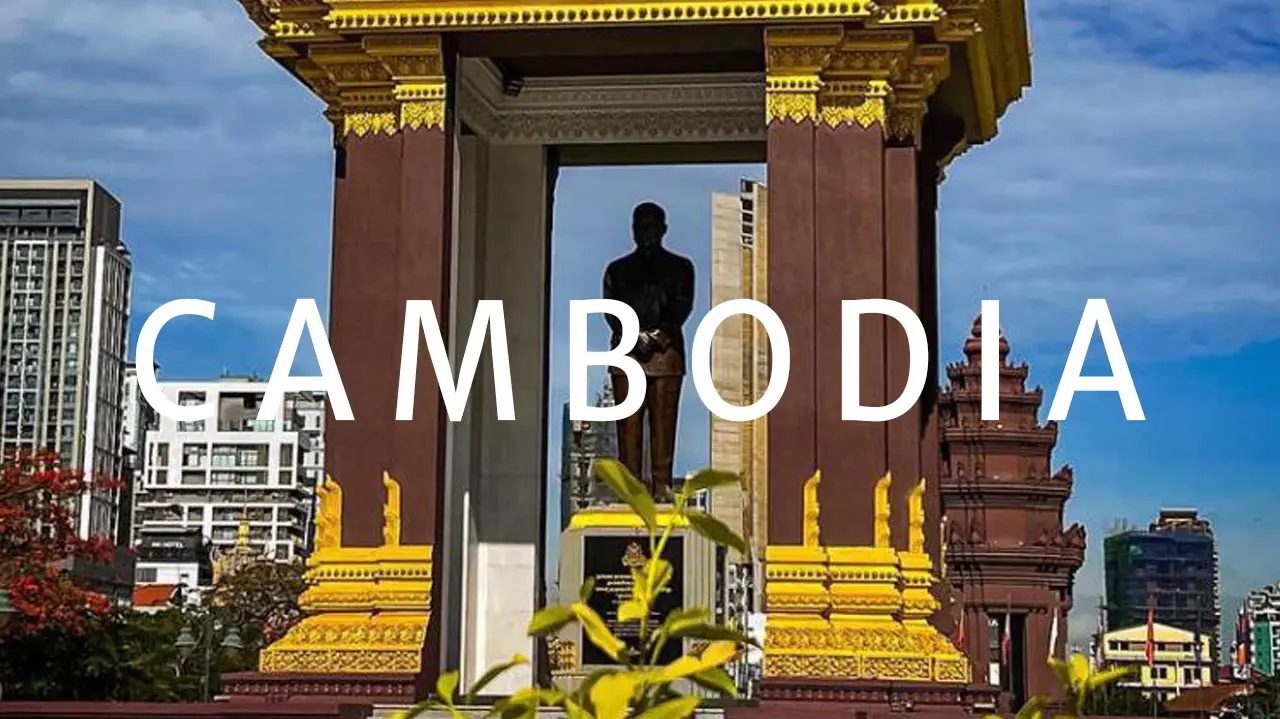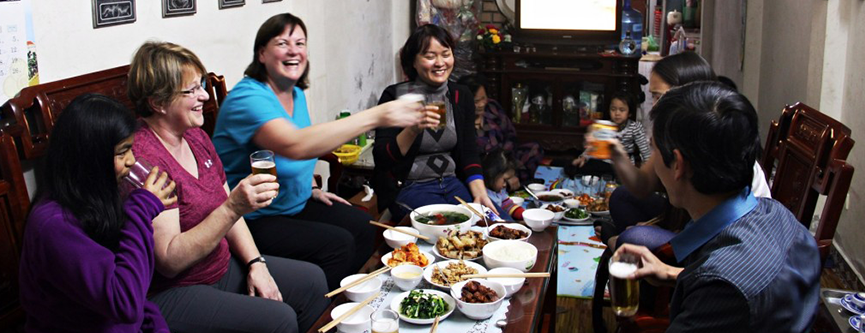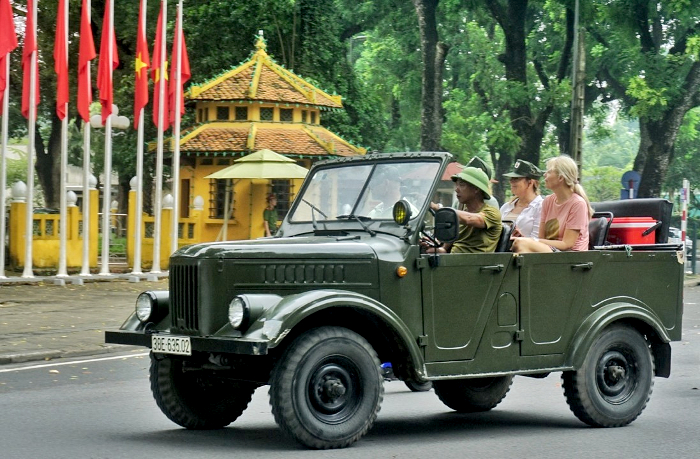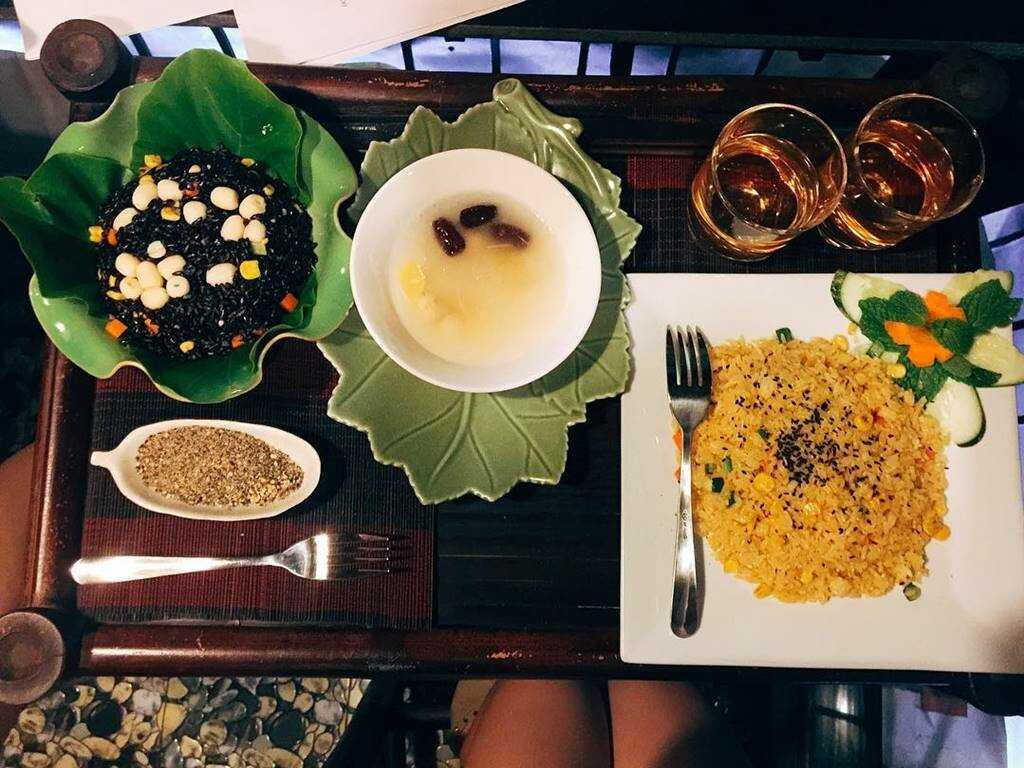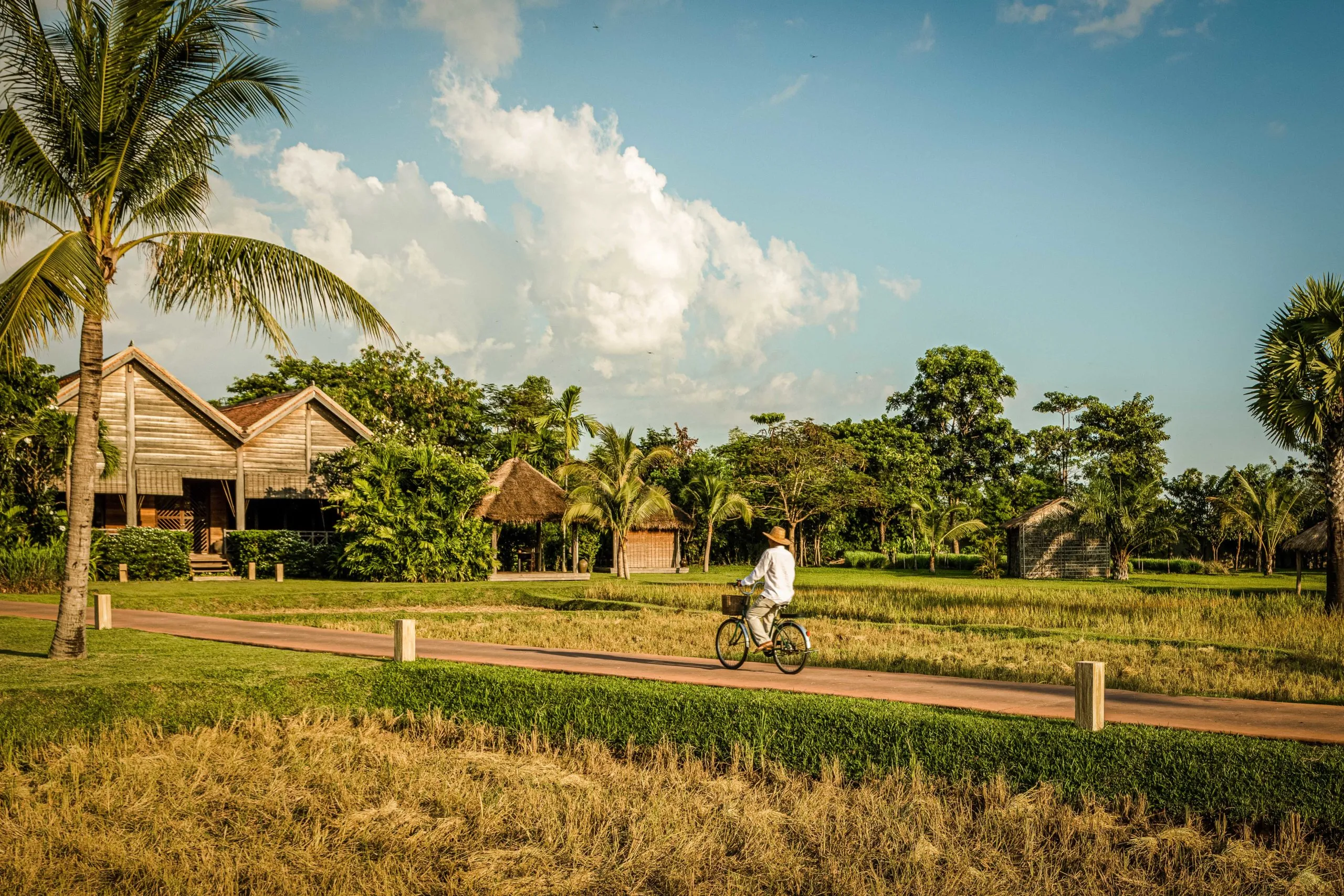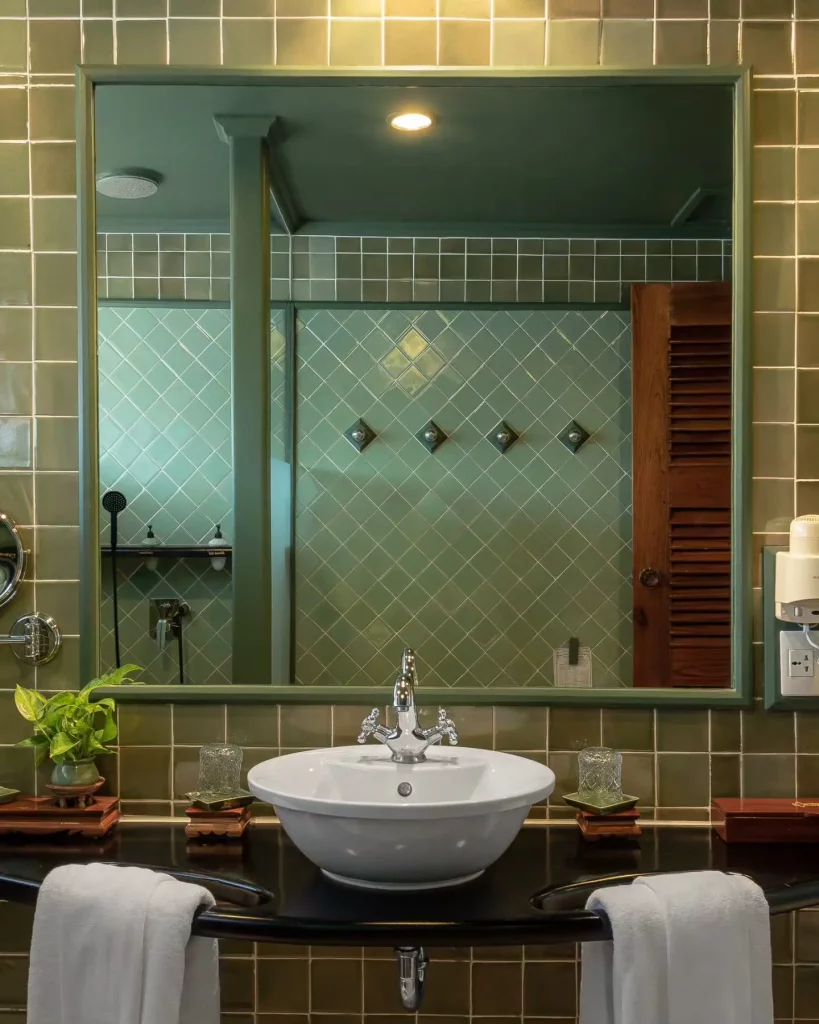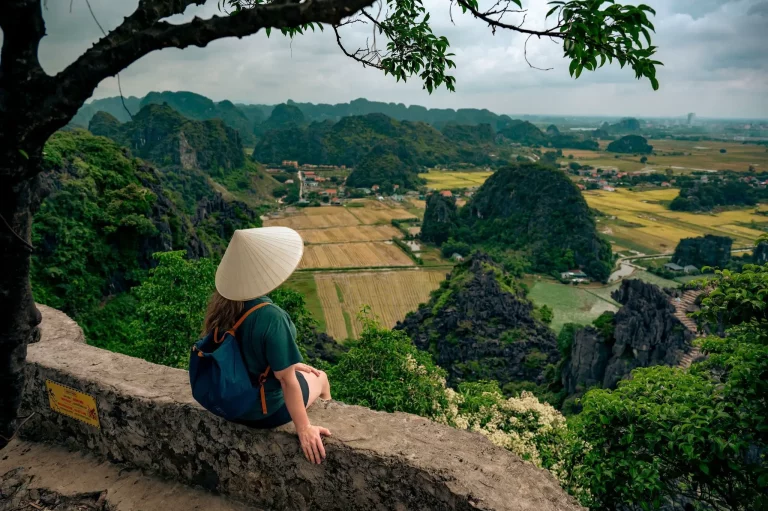Siem Reap, Cambodia, is more than just the gateway to Angkor Wat; it’s a city embracing sustainability with heart and purpose. From a new airport protecting ancient temples to city-wide plastic reduction efforts, Siem Reap is weaving care for its environment and culture into every facet of life. Join me, Alaia, a Marketing Executive at Travel Sense Asia, as I explore Siem Reap and uncover the city’s dedication to sustainable tourism on national, city, and local levels.
Off-topic: A normal business trip turned into an inspiring journey!
It was July 2024, and this was my first time in Siem Reap, Cambodia. My team and I were invited for a business trip to inspect the local services and also explore the city’s attractions. I’ve been dreaming of standing in front of Angkor Wat for so long, as well as wandering through Ta Prohm’s jungle-wrapped ruins like Angelina Jolie in Tomb Raider (yes, I was that excited!). But, as I’d soon learn, this adventure wasn’t going to start as smoothly as I’d hoped.
Our flight was supposed to land at 6 p.m., but a two-hour delay pushed us to 8 p.m. To top it off, we hit turbulence—wild, stomach-churning bumps like nothing I’d ever felt before. By the time we touched down, all of us were exhausted, hungry, and dreaming of a bed.
But then, Siem Reap worked its charm. At the new Siem Reap-Angkor International Airport, the staff greeted us with warm smiles that felt like a hug. I was stunned when the immigration officer spoke to me in Vietnamese—my language! It caught me off guard and made me laugh, instantly lifting my mood.
Outside, our guide and driver were waiting, unfazed by our late arrival. “Chum Reap Sour! Welcome to Siem Reap.” They handed us cold towels and refreshing drinks, and at that moment, I felt cared for, like I’d come home to friends I hadn’t met yet. Tired as I was, my heart was full, ready to discover what Siem Reap had in store—a city, I’d soon find, that’s not just about stunning sights but about building a sustainable future, layer by layer.



Sustainable tourism at the national level
New Siem Reap airport protects the past
The airport itself is my first clue to Siem Reap’s bigger story. Opened in October 2023, the Siem Reap-Angkor International Airport sits 51 kilometers from the city. I learn why on our drive: the old airport was too close to the ancient temples. UNESCO had raised concerns that planes flying over could damage the stones or make them dusty, hurting the thousand-year-old fragile sites.
UNESCO called for change, and Cambodia listened. The government decided to build a new international hub to keep Angkor safe. The building itself was eco-friendly too, with solar panels catching the sun’s rays and systems to collect rainwater. Driving from the airport to our hotel, I stared out the window at the countryside rolling by. I thought about how this big national decision showed Siem Reap’s commitment to sustainability. It wasn’t cheap or easy, but it was proof that tourism here isn’t just about today—it’s about tomorrow, too.

Sustainable tourism at the city level
Small steps, big impact on plastic
When we got to our hotel, I saw something small but nice. In my room, there were no tiny plastic water bottles. Instead, I found glass bottles that the staff refilled daily with fresh water. The bathroom had refillable dispensers for shampoo and soap, not those little throwaway containers.
On the next days, during my hotel inspection, I found out this wasn’t just our hotel. Across Siem Reap, restaurants and hotels are cutting back on single-use plastics. The city’s leaders, working with the Ministry of Environment, started a project in 2021 to reduce plastic waste.
With over two million tourists coming every year, all that plastic adds up fast. By switching to reusable things, the city is fighting back. It’s not perfect yet, but it’s a start—these little changes could ripple out to make a big difference.

Sustainable tourism at the local level
Communities in Kampong Phluk own their future
Mid-trip, we visited Kampong Phluk, a famous floating village on the edge of Tonle Sap Lake, where houses perch on tall stilts above the earth. It was the dry season at that time, so the lake’s water had retreated, leaving dusty streets beneath the homes. As we walked, I noticed something striking—small net baskets tied to poles in front of every house, filled with plastic bottles and wrappers. “What’s that?” I ask our guide. He grins. “They’re for collecting plastic waste, so it doesn’t end up in the lake.”
Tonle Sap, Cambodia’s biggest lake, is the lifeblood of this community, teeming with fish that feed millions. But it’s under threat. During the rainy season, water rises and brings a flood of trash—plastic bags, bottles, and more—flowing in from upstream villages where waste isn’t managed well. When the dry season comes, that trash gets tangled in the vegetation or piles up on the lakebed. It’s a problem the people here can’t ignore, even though much of it isn’t theirs.
Luckily, with help from the BambooShoot Foundation and local authorities, the people in Kampong Phluk are fighting back. The foundation has been teaching every household how to sort their waste—wet food scraps in one pile, plastics in another. Those net baskets I saw? They’re part of the plan, made from old fishing nets to collect plastic before it can reach the lake. Every week, the foundation’s team comes by to pick up the plastic waste and take it to a proper dumpsite. Some of it, like recyclable bottles, gets stored in a warehouse and sent to recycling centers. It’s not just about cleaning up—it’s about changing habits.
Later, back in Siem Reap, I saw something else that warmed my heart. Schoolkids, armed with gloves and bags, were picking up litter along a city street. Our guide explained that it’s part of their lessons—they spend mornings cleaning to learn pride in their community. Watching them laugh and work together, I’m struck by how sustainability here isn’t just policy. It’s people there in Siem Reap making it real.

Siem Reap shows that sustainable tourism is hard but doable when national vision, city rules, and local love weave together to build a better future. It’s a lesson for other destinations buried under tourist crowds and trash—and for us travelers, too. We can pick eco-friendly hotels, shop locally, and leave less behind. As I board my flight home, I carry more than memories of temples. I carry hope, inspired by a city that’s writing a story we can all learn from.
At Travel Sense Asia, we prioritize sustainability to arrange green experiences for travelers. If you are eager to have an eco-friendly trip in Cambodia or other destinations in Asia, simply share your preferences with us here, and we’ll take care of the rest.



